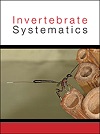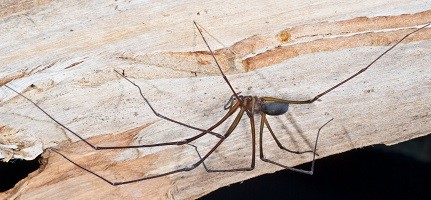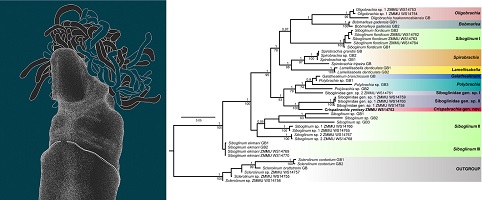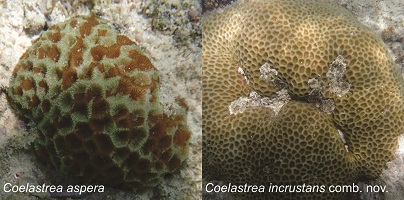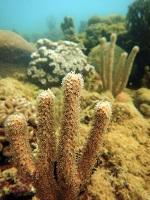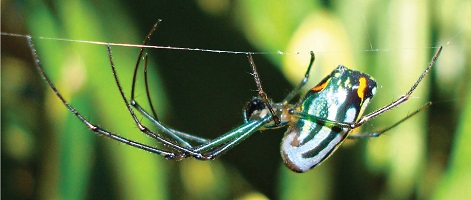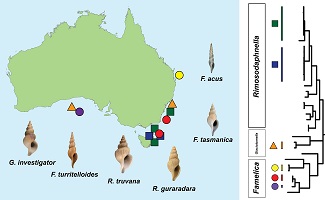IS21012A molecular phylogeny of the circum-Antarctic Opiliones family Neopilionidae
 , Kate Sheridan
, Kate Sheridan  , Caitlin M. Baker
, Caitlin M. Baker  , Christina J. Painting
, Christina J. Painting  , Gregory I. Holwell
, Gregory I. Holwell  , Phil J. Sirvid
, Phil J. Sirvid  and Gustavo Hormiga
and Gustavo Hormiga 
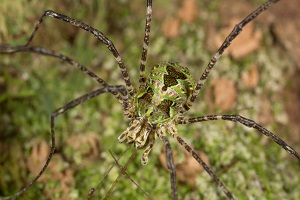
The Opiliones family Neopilionidae is restricted to South America, Africa, Australia, New Caledonia and New Zealand. Here we investigated the pattern and timing of diversification of Neopilionidae across Gondwana by sequencing three markers commonly used in Sanger-based molecular approaches. We recovered a well supported and stable clade including Ballarra and the Enantiobuninae from South America, Australia, New Caledonia and New Zealand, but excluding Vibone from South Africa. We further found a division between West and East Gondwana, with the South American Thrasychirus/Thrasychiroides always being sister group to an Australian–Zealandian (i.e. New Zealand + New Caledonia) clade. Our results identify several genus-level inconsistencies in Neopilionidae and several new lineages requiring formal description.


